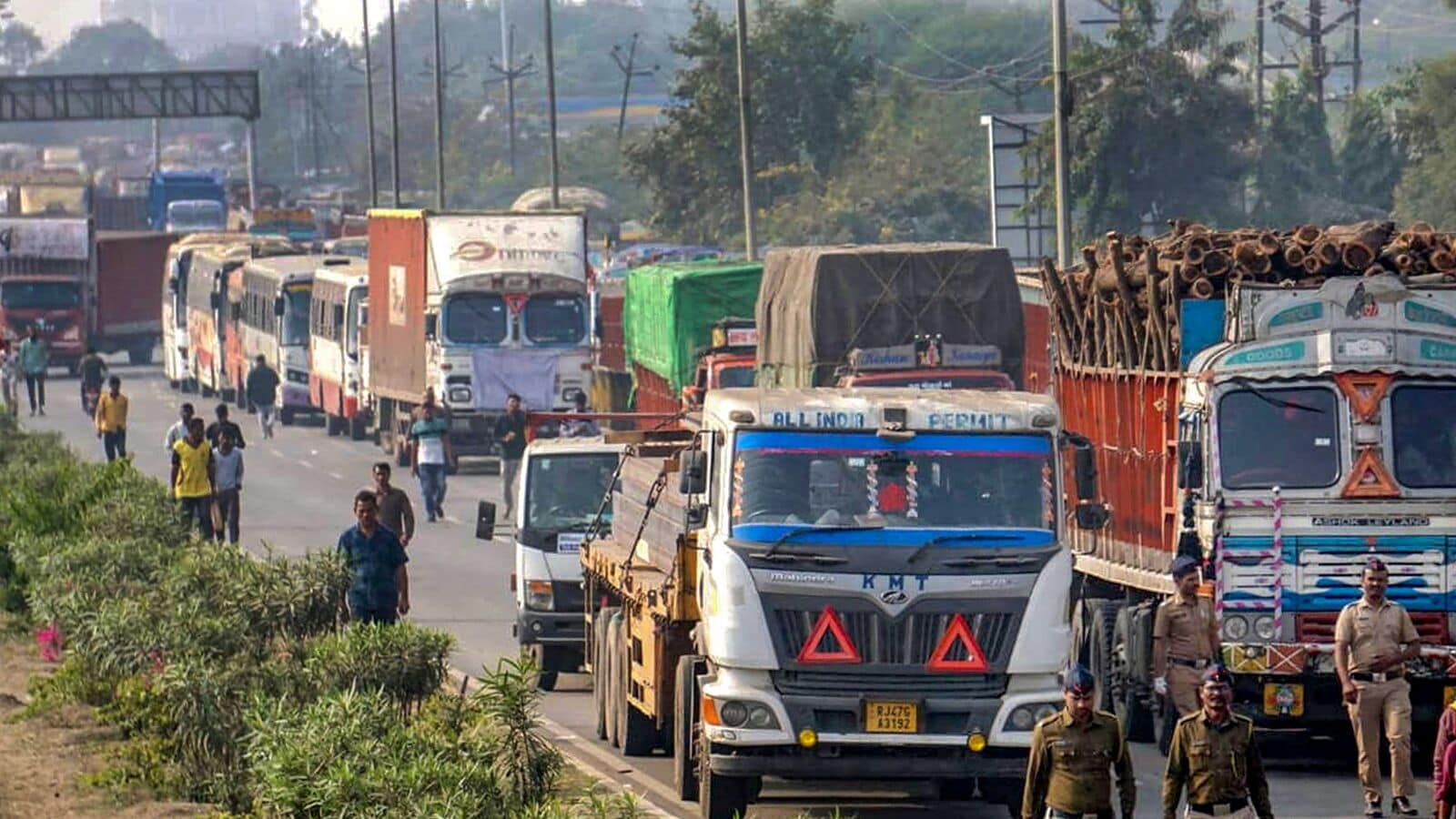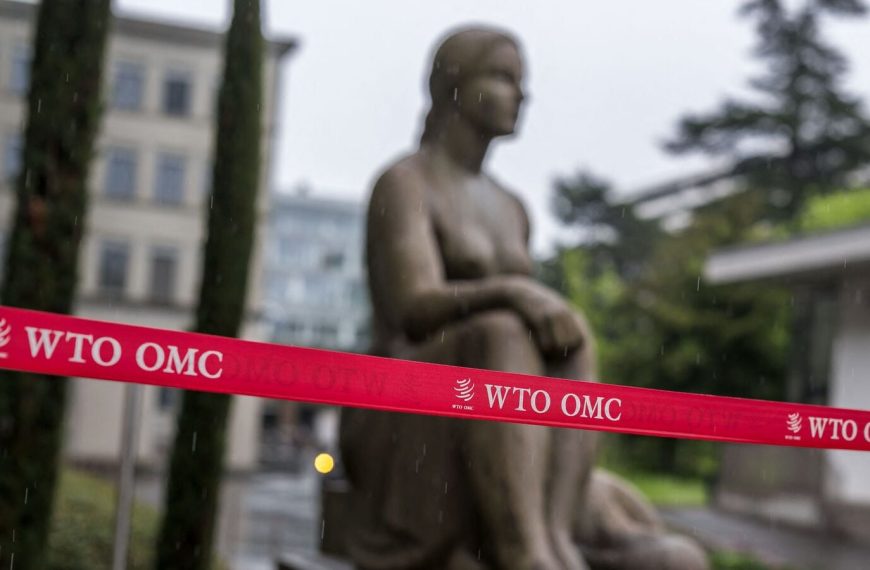In March, India witnessed a remarkable surge in goods transportation as companies scrambled to clear their inventories before the fiscal year ended. The government reported an unprecedented 124.5 million electronic permits, known as e-way bills, issued for shipping goods both within states and across borders. This impressive figure highlights a significant uptick in manufacturing activities and overall economic vigor, reflecting a 20% increase compared to March of the previous year and an 11.5% rise from February.
Economic Indicators Point to Growth
The substantial growth in e-way bills serves as a strong indicator of year-end inventory clearance, which is typically associated with higher tax revenues. Last March, a similar spike preceded a record-breaking ₹2.1 trillion in Goods and Services Tax (GST) collection for April 2024. Since GST earnings are based on the previous month’s sales, the recent e-way bill data suggests the government could anticipate another impressive tax haul in the upcoming month.
- Significant Stats:
- E-way bills in March 2025: 124.5 million
- Year-on-year increase: 20%
- Month-on-month increase: 11.5%
Manufacturing Sector Thrives
The data released by GSTN, the digital backbone of India’s indirect tax system, coincides with encouraging signs in the manufacturing sector. According to S&P Global, India’s Manufacturing Purchasing Managers’ Index (PMI) rose to 58.1 in March, marking the highest level in eight months and signaling robust factory output growth. Furthermore, the Ministry of Statistics estimates that manufacturing gross value added, adjusted for constant prices from 2011-12, is projected to grow by 4.3% in the fiscal year 2025.
Continuous Growth Trend
Rajat Mohan, a senior partner at AMRG & Associates, noted that e-way bill generation has been on an upward trend for 25 consecutive months, with March 2025 setting a new record. "Both intra-state and inter-state movements contributed to this growth, with intra-state transactions accounting for the majority," Mohan pointed out. He added that the increase in inter-state e-way bills since September 2024 indicates enhanced logistics activity.
E-way bills are pivotal as they serve as a leading indicator of goods movement and supply chain activity, suggesting broader economic stability. Increased business-to-business transactions are indicative of stronger consumption and production cycles, according to Mohan.
Compliance and Policy Changes Drive Growth
Experts attribute the rise in e-way bill generation to improved compliance and recent policy adaptations. Saurabh Agarwal, a tax partner at EY, explained that these electronic permits are essential for monitoring the movement of goods throughout India and act as a real-time gauge of economic activity. "The increase in e-way bills signifies heightened domestic trade and reflects stronger demand-supply dynamics across various sectors," Agarwal noted.
Agarwal pointed out that part of the surge can be linked to regulatory changes implemented in January 2025. Under these new regulations, transporters are prohibited from generating e-way bills with invoices older than 180 days, and each e-way bill now has a validity limit of 360 days. These measures encourage quicker goods movement and enhance compliance.
Conclusion: A Resilient Economy
"The rise in e-way bill numbers not only signifies growing economic momentum but also indicates a system that is evolving towards greater transparency and efficiency," Agarwal stated. Mohan emphasized the importance for businesses to ensure timely and accurate generation of e-way bills, particularly in light of increased scrutiny regarding documentation and compliance under the GST framework.
As India navigates the complexities of the global economy, these positive indicators reflect a resilient domestic landscape poised for continued growth.











